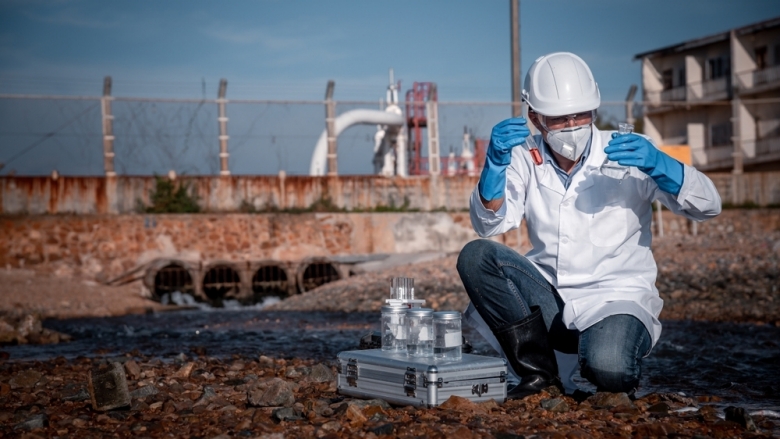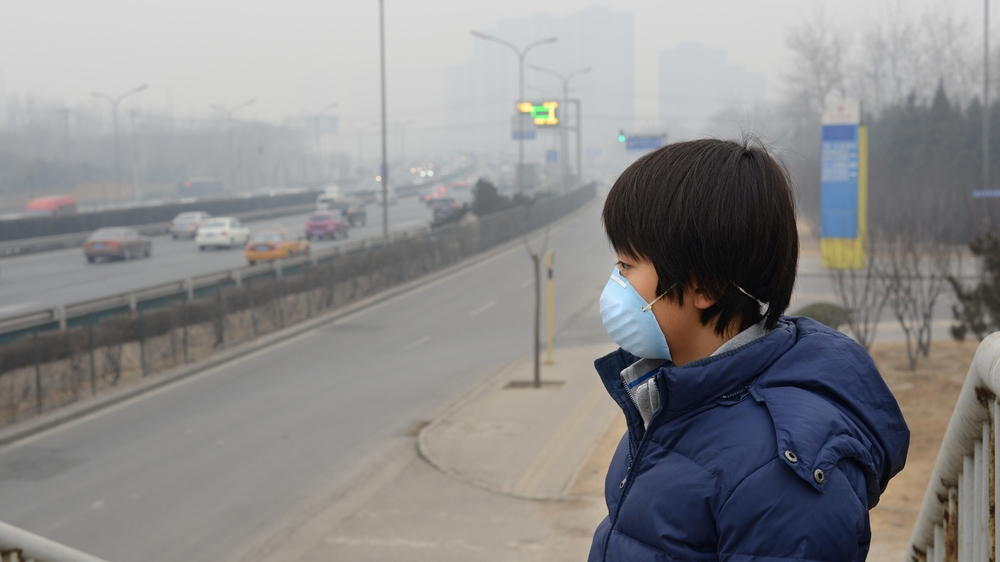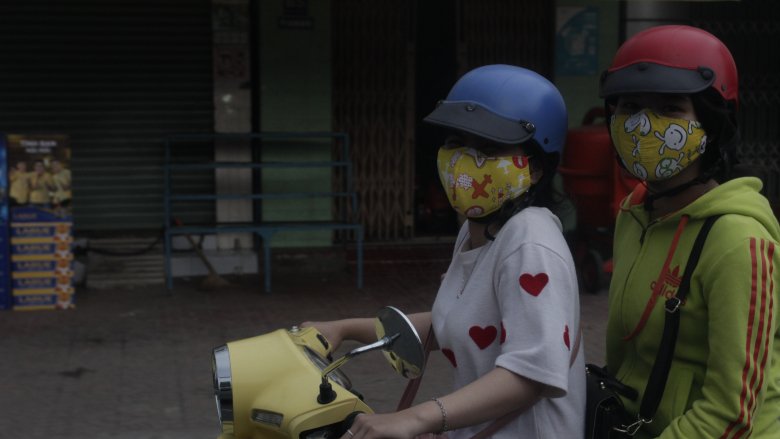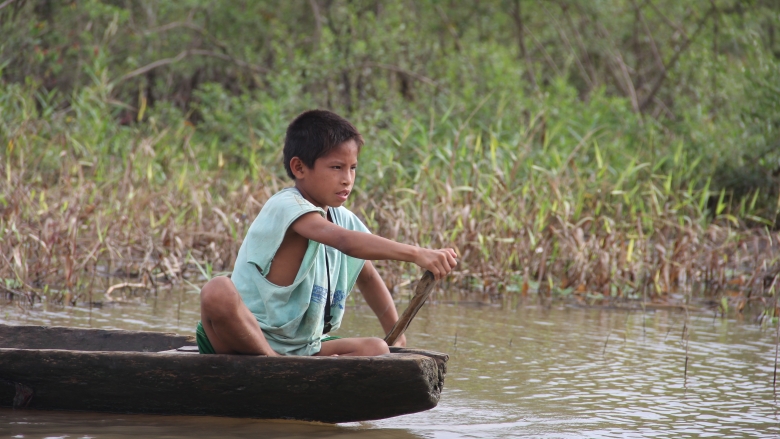
Global pollution is rising due to rapid economic growth, population increases, and insufficient environmental management. This poses serious health risks for people and ecosystems, particularly in low- and middle-income countries. Contributing to these challenges, the global economy relies on deeply intertwined supply chains, sustained by more than 100 billion tons of raw materials entering the system each year. Intensive material consumption depletes natural resources and causes negative environmental impacts at every stage of the product lifecycle. Global waste is expected to increase to 3.4 billion tons by 2050.
Pollution of all types hinders development outcomes. Exposure to air pollution, water pollution, and hazardous chemicals and wastes like mercury, lead and persistent organic pollutants (POPs) causes debilitating and fatal illnesses, creates harmful living conditions, and , and destroys ecosystems. Pollution undermines sustainable economic growth, exacerbates poverty and inequality in both urban and rural areas, and significantly contributes to climate change. Poor people, who cannot afford to protect themselves from the negative impacts of pollution, end up suffering the most.
Pollution is the largest environmental cause of disease and premature death. It is estimated to be several times more deaths than from AIDS, tuberculosis, and malaria combined. Global health crises, such as the COVID-19 pandemic, are reminders of the strong linkages between environment and health and of the need to address such linkages systematically.
Air pollution is the leading environmental risk to health, causing 7 million premature deaths each year. More than 90 percent of deaths caused by air pollution occur in low- and middle- income countries. In individual countries, the economic burden of pollution associated with premature mortality and morbidity is also significant, equivalent to 5 to 14 percent of countries' GDPs. A recent World Bank publication highlighted that outdoor air pollution alone kills roughly 5.7 million people globally each year with economic costs equivalent to nearly 5 percent of global GDP, due to its impacts on health, productivity, and life expectancy. Taking a “business as usual” approach will not be able to stop the upward trends of these negative impacts in coming years.
Recent evidence points to the similar devastation caused by exposure to harmful chemicals, such as lead. It is estimated that in 2019, more than 5.5 million adults died from cardiovascular disease were associated with exposure to lead. 90% of these deaths occurred in lower- and middle-income countries. In the same year, children younger than 5 years of age lost 765 million IQ points, averaging nearly 5.9 IQ points per child in LMICs. Lead exposure may cost countries $6 trillion, equivalent to 6.9% of global GDP.
Addressing pollution from its sources presents an opportunity to enhance economic growth, improve resource efficiency, and create employment opportunities. Pollution management offers no-regrets options that can alleviate poverty, boost shared prosperity, and deliver healthier and more productive lives for millions of people.
Last Updated: Apr 18, 2025


